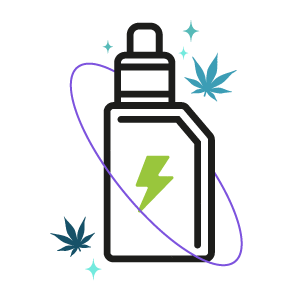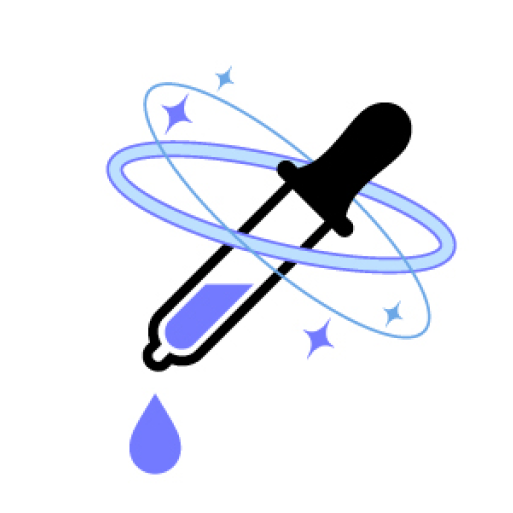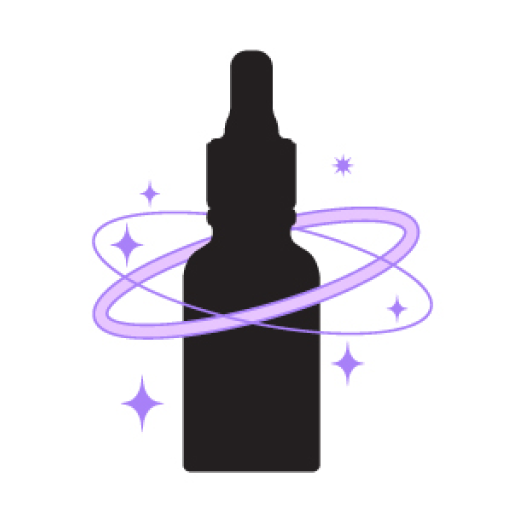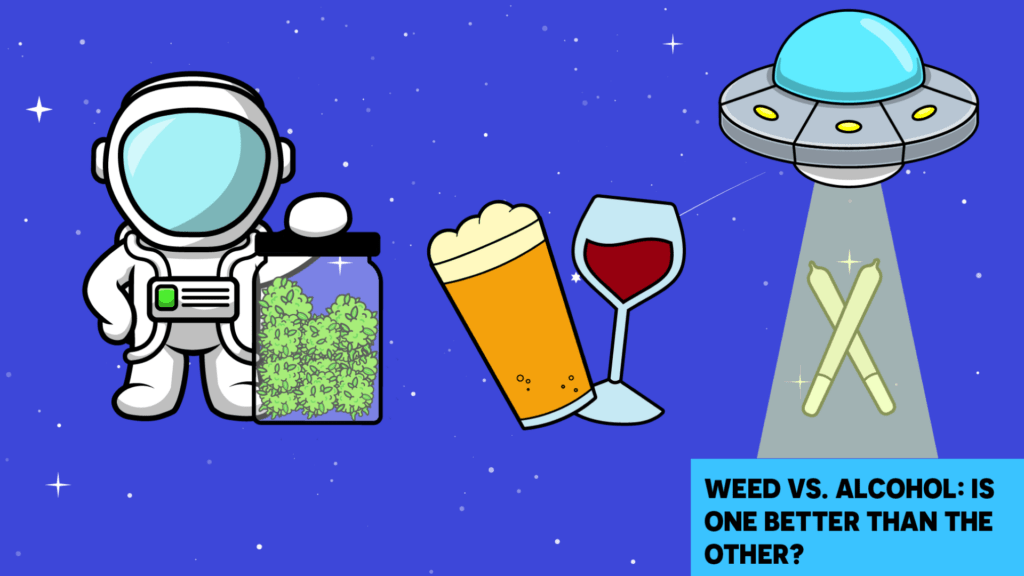Trying Kratom with Other Cannabinoids: Should You Attempt This?
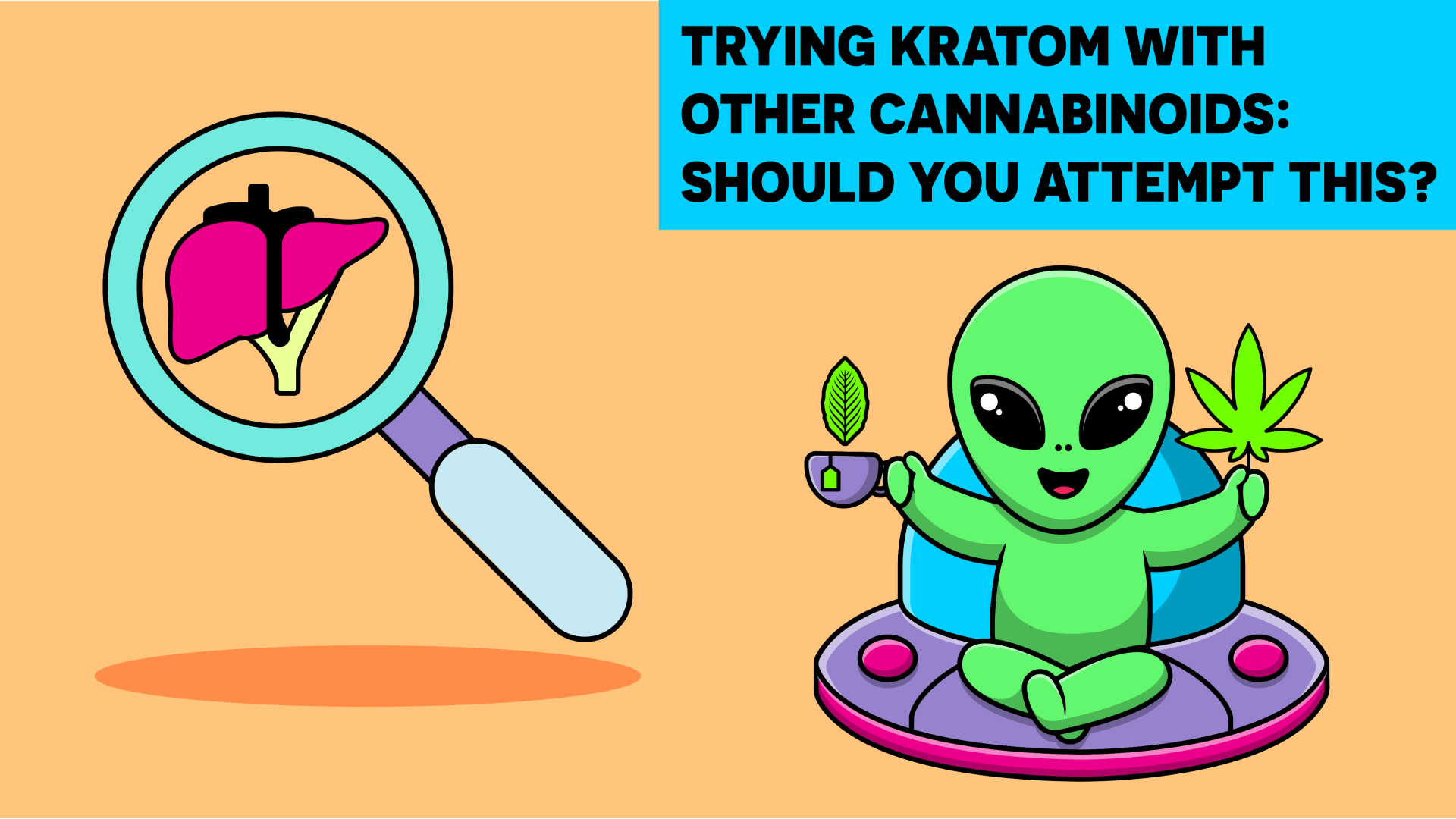
As we start to gain more knowledge about kratom – dried leaves of the Mitragyna speciosa tree that grows in Southeast Asia, along with all its potential analgesic effects, some of us out there might be wondering if it’s alright to take kratom with cannabinoid-infused or hemp-infused products, as both can be used to address the same issues.
Is it Safe to Combine Kratom with Cannabinoid-Based Products?
To start, we gotta cover how both of these substances are metabolized.
Kratom Metabolization
The metabolic pathways of kratom, particularly its main alkaloids, are mainly processed in the liver. Here’s a general overview of the metabolism of the primary kratom alkaloids:
- Mitragynine: This is the most abundant alkaloid found in kratom leaves. After consumption, Mitragynine is primarily metabolized in the liver by cytochrome P450 (CYP450) enzymes. Key enzymes involved include CYP3A4 and CYP2D6. Through these enzymes, Mitragynine undergoes phase I metabolism to form various metabolites, including the pharmacologically active 7-hydroxymitragynine.
- 7-hydroxymitragynine: This is a minor constituent of kratom but has been shown to be more potent than Mitragynine. It’ss also metabolized by CYP450 enzymes, particularly CYP3A4.
After these primary metabolic processes, the compounds undergo phase II metabolism, which often involves conjugation (e.g., glucuronidation) to make the compounds more water-soluble and easier for the body to excrete.
It’s important to note that individual variations in CYP450 enzymes, especially CYP3A4 and CYP2D6, may influence how different people metabolize kratom. Factors like genetics, concurrent medications, liver health, and diet can impact the metabolism and effects of kratom in different individuals.
Because of the complexity of kratom’s chemical composition and its interactions in the body, the pharmacokinetics and pharmacodynamics of its constituents are still under review.
CBD (Cannabidiol) Metabolization
Cannabidiol is one of the major phytocannabinoids found in the cannabis plant. Once ingested, it undergoes a series of metabolic reactions, primarily in the liver, to produce various metabolites. Here is a quick overview of how CBD is metabolized:
Phase I Metabolism:
- Cytochrome P450 Enzymes: The liver contains a family of enzymes called cytochrome P450 (CYP), which play a crucial role in drug metabolism. CBD is primarily metabolized by the enzymes CYP3A4 and CYP2C9. These enzymes convert CBD into its major metabolites.
- Hydroxylation and Further Oxidation: The primary metabolic pathway for CBD involves its hydroxylation to 7-hydroxy-CBD, followed by further oxidation to produce more polar compounds.
Phase II Metabolism:
- Once the phase I reactions have converted CBD into more polar (water-soluble) metabolites, these substances can undergo phase II reactions. These reactions involve conjugation with molecules like glucuronic acid or sulfate. Conjugation makes the compounds even more water-soluble and easier for the body to excrete through urine or bile.
- The conjugated metabolites are typically less active than the parent compound (CBD), and they are prepared for elimination from the body.
Elimination:
The elimination half-life of CBD (the time taken for the concentration of the substance to reduce to half its initial amount) is variable and can range between hours to days, depending on the mode of administration and other factors.
THC (Tetrahydrocannabinol) Metabolization
Tetrahydrocannabinol is the primary psychoactive compound in cannabis. When it enters the body, typically through inhalation or ingestion, it undergoes a series of metabolic processes mainly in the liver before being eliminated. Here’s a simplified break down of how THC is metabolized:
Part 1: Absorption
When smoked or vaporized, THC quickly passes from the lungs into the bloodstream, where it’s carried to the brain and other organs throughout the body. If ingested (e.g., as in edibles), THC is absorbed more slowly as it must first pass through the digestive system.
Part 2: Conversion to 11-OH-THC
Once in the liver, THC is metabolized by cytochrome P450 enzymes, particularly CYP2C9, CYP2C19, and CYP3A4. The most significant metabolite produced is 11-hydroxy-THC (11-OH-THC). Interestingly, 11-OH-THC is also psychoactive and can penetrate the brain easily, sometimes leading to a more potent and extended high, especially when THC is ingested (as in edibles).
Part 3: Further Metabolism
11-OH-THC is then further metabolized in the liver to produce 11-nor-9-carboxy-THC (THC-COOH), which isn’t psychoactive.
Part 4: Elimination
Both THC and its metabolites are lipophilic, meaning they’re soluble in fats. This leads to their storage of fat tissues in the body. Over time, THC and its metabolites are slowly released from fat storage and reenter the bloodstream, where they are eventually excreted just like CBD and kratom would be. THC-COOH, the primary non-psychoactive metabolite, is what most drug tests screen for, as it can be detected in the body for a more extended period than THC itself.
Keep in Mind For THC
The duration THC and its metabolites remain detectable in the body depends on several factors, including the frequency of use, dosage, metabolism rate, body fat percentage, and the sensitivity of the test used. It’s also worth pointing out that while THC’s psychoactive effects generally last a few hours, its metabolites can remain in the body for days or even weeks. This is why it’s possible for individuals to test positive for cannabis use long after the psychoactive effects have subsided.
Why Does This All Matter?
Essentially, it displays how kratom and cannabis are metabolic adversaries. The body always maintains a limited amount of these enzymes, hence taking two substances that require identical enzymes in order to metabolize means there’s risk that the metabolization process won’t be successful due to the body running out of the enzymes required to complete the process.
What Does This Mean Then as Far as Safety is Concerned?
Well, both substances may exist in higher concentrations than normal in the bloodstream, as there’s nothing available to help them break down and start the process of exiting the body. While cannabinoids are nontoxic, kratom can cause damage to the body, and in particular, the kidneys and liver, if too much is around in the bloodstream. So, does this mean that there’s a risk of danger? It’s quite rare that this could come about, as it would require taking particularly high doses of both substances. Hence, would likely occur more if the person was using each in high doses quite frequently.
Another thing to consider is that the two substances can, in some cases, work against each other, or potentiate each other. For example, if you’re taking a kratom strain that supplies an uptick in energy, and a cannabis strain that’s sedating, you could wind up not getting the desired effect(s) you were hoping for. On the other side of the ‘kratom’ coin, taking a very sedating cannabis strain and kratom strain together could really intensify that sleepy effect, in a manner that might lead to major impairment.
Psychoactive vs. Nonintoxicating Cannabinoids
Some cannabinoids are extremely intoxicating – take tetrahydrocannabiphorol (THC-P), which’s 10x stronger than delta 9 THC. Then, we have cannabinoids that carry zero psychoactive properties, i.e., CBD, CBG, and CBN. Because kratom is intoxicating, combining it with a psychoactive cannabinoid would mean a stronger high, and more risk of an unpleasant high as the substances could have certain possible side effects.
Does the Dosage Have a Deciding Factor?
Naturally, the dosage will have a huge impact as it pertains to the manner in which these substances affect you, coupled with any potential risks associated with mixing them due to being metabolic competitors, as discussed earlier. Taking high doses of both substances means higher risk, more potential intoxication, and better likelihood of feeling impaired. Remember, once again, kratom high doses put you at risk for more potentially serious side effects than with cannabinoids. This is why we always urge you to carefully follow the directions on your kratom product’s label, as that’s where you will find clear information about what dosage is right for you to take.
What if You’re on Certain Medications?
A lot of medications – in particular, prescription medications like opioids, blood pressure medications, steroid medications, sleep medications, antidepressants, and benzodiazepines – are metabolized by CYP3A4. This could mean that you’re really at a risk of accumulating too much of these substances in the blood by taking them all together, and also risking impairment that lasts for several hours longer than it should due to an inability to leave the blood through the metabolic process. It’s recommended that you have a talk with your doctor/physician initially if you’re taking medications.
Err on the Side of Caution if You Choose to Mix Kratom and Cannabinoids
Overall, the risk, even though it’s a low one, is there when mixing kratom with cannabinoids. Fortunately, many people have found success by working kratom into their daily routines, to the point that they don’t even feel the need to check out other options. So, if you’re searching for some holistic bliss or euphoria, ELYXR has you covered!

